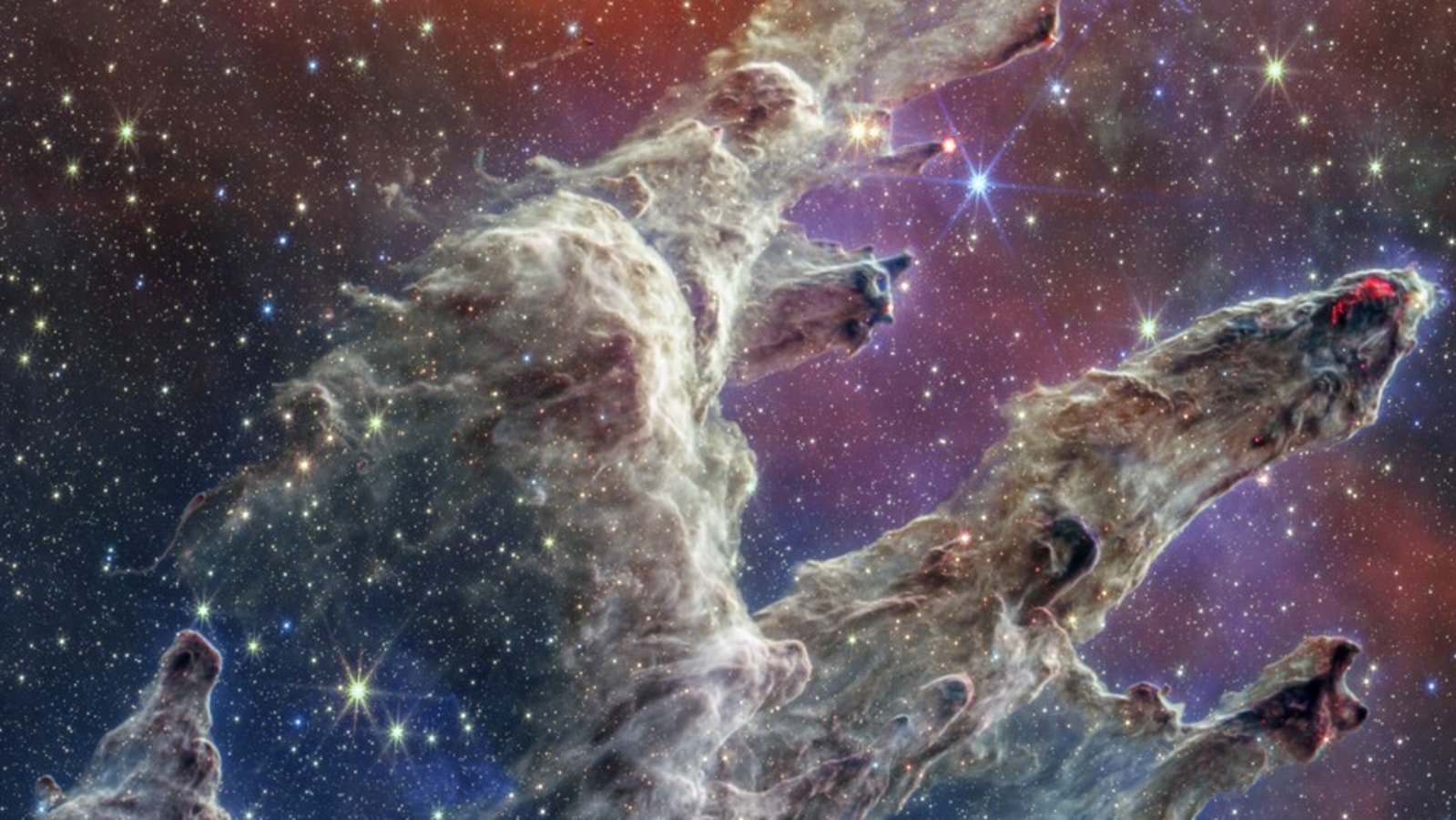Asteroids gave birth to life? NASA crashes rocks on Earth to unveil secret to origin of life
A group of NASA scientists have conducted an experiment in which they simulated asteroid strikes on Earth to determine whether the origin of life was a result of a cosmic accident.

The belief that the origin of life on Earth may have extraterrestrial roots is solidifying in the astronomical community. Recently, a study was published in the journal ACS Central Science which conducted an experiment to see whether complex amino acids, which are necessary to give birth to life, can be formed on asteroids. And now, a group of NASA scientists have the same thought. In a series of experiments, they simulated the exact conditions that might have been when asteroids struck into a young and barren Earth billions of years ago and could have created life. And the experiment has given the scientists some shocking results. Read on to know more.
NASA creates asteroid strike simulations to find the origin of life
The root of the experiments were to find how amino acids were first created on our planet. Amino acids are extremely important chemical compounds that make up millions of proteins that drive the chemical gears of life, including essential bodily functions in animals.
As per NASA, if amino acids formed in our solar system, then life could be unique here. But if they came from an interstellar cloud, these precursors to life could have spread to other solar systems, as well.
NASA Scientists at Goddard Space Flight Centre in Greenbelt, Maryland, wanted to explore how amino acids and amines may have formed by simulating a mini, cosmic evolution in the lab. The researchers recreated ice like the ones found in interstellar clouds, struck them with radiation and then exposed the leftover material, which included amines and amino acids, to water and heat to create the exact conditions that are likely to be present inside asteroids. This particular simulation was run many times over to find reliable data.
“The important take-away is that the building blocks of life have a strong link not only to processes in the asteroid, but also to those of the parent interstellar cloud,” said Danna Qasim, research scientist who worked on this experiment and is the lead author of a study that was published in the journal ACS Earth and Space Chemistry.
While the study has definitely given the team some hopes into how life might have originated, there are also some gaps in the data. The biggest limitation was the amino acids and amines they recreated did not match the one's in the asteroids.
However, as NASA OSIRIS-REx makes its way to the Earth with pristine asteroid samples from Bennu, scientists are hopeful that it will clear up many doubts and give them more conclusive data to further the research.
Catch all the Latest Tech News, Mobile News, Laptop News, Gaming news, Wearables News , How To News, also keep up with us on Whatsapp channel,Twitter, Facebook, Google News, and Instagram. For our latest videos, subscribe to our YouTube channel.




























